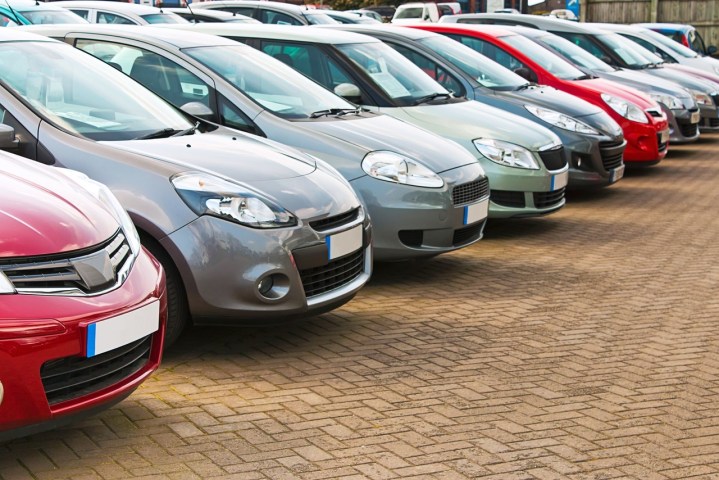
Typically, car shoppers will go turn to Carfax, VinAudit, or some other similar service, but they’ll end up paying anywhere from $10 to $40 to get the info they’re after. Thankfully, there’s a new kid on the block that supplies vehicle history reports for free.
The service, appropriately named Vehicle History, launched in December and is now supplying over 10,000 reports per day. Interested parties simply go to VehicleHistory.com and type in their Vehicle Identification Number (VIN) to start sifting through the data.
“Vehicle History is breaking new ground in the industry,” said Jennifer Mitchell, head of business development. “While most companies offer a report for a fee, we provide it for free. We then move beyond that by giving people access to a wealth of information related to their cars, and driving in general. You can learn about auto warranties and your driving history, and we even provide people with the owner’s manuals for their cars. In that way we are much more than a service to help people buy used cars. We are a resource that anyone who owns a car can rely on when they need information from a trusted, reliable source.”
Read more: Need a new ride? Here are the best places to buy a used car online
Vehicle History’s reports are a combination of information from a variety of public databases, and each statement includes maintenance schedules, service records, and airbag deployments. Accident records, DMV info, vehicle value estimations, and auto loan calculators are available as well, but because the company relies on outside agencies, it cannot officially guarantee that each report is complete.
In addition, Vehicle History can display crash test ratings, Kelley Blue Book reports, and similar cars for sale in your area.
Editors' Recommendations
- Some on Apple’s failed car project reportedly had a cruel name for it
- Apple’s rumored car could cost the same as a Tesla Model S
- Sony could enter EV market with its Vision-S vehicles
- Apple Card will reportedly offer interest-free installments for iPads, Macs
- Flipboard TV launches on Galaxy S20, offers an ad-free video experience


